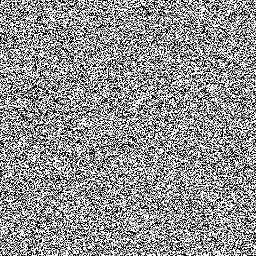Pure: Minimalist Literature
By Jo Phillips
Throughout the whole month of March we were talking about minimalism in art, music, and even poetry. The only field we have not got in to is prosaic literature…
Minimalist literature is often considered to be either ‘not that important’ or even hostile. Whose fault is that? The answer to this question is – it’s actually writers fault. Sounds weird, right? But the truth is that a lot of famous minimalist writers didn’t like this term at all. Raymond Carver (a writer whose name is the first one to came up in lots of people’s mind when thinking of minimalist literature) said in his interview for Paris Review: “In a review of my last book, somebody called me a ‘minimalist’ writer. The reviewer meant it as a compliment. But I didn’t like it. There’s something about ‘minimalist’ that smacks of smallness of vision and execution that I don’t like.” Frederick Barthelme, who is considered to be one of the seminal writers of American minimalist fiction, was not happy with the term as well: “I don’t like being called a minimalist, which I am called I think because my characters don’t get up on boxes and shout out their views of the world” (from his article ‘On Being Wrong: Convicted Minimalist Spills Beans’). No wonder people’s perception of minimalist literature is arguable when authors themselves didn’t like the term ‘minimalism’. As a result, minimalist literature is not being valued enough.
In the reality, minimalist literature is not just about unadorned, simple language, short sentences and using less adjectives and less hyperbolas. Obviously, minimalist authors do stick to a more simple way of writing but the most important characteristic of their creative work is that they do not dictate their reader what to think and how to react. The reader is supposed to have an active role in the creative process, to choose sides rather than just to follow writer’s directions. Minimalist literature characters do not think out loud. And the fact that they don’t contributes to richness of effect, interpretative indeterminacy and general input that the reader brings to the meaning. So, famous motto “Less is more” works perfectly in minimalist literature. Reading less demands that the reader do more.
So, who are those heroes who attempt to make the reader think? Ernest Hemingway doesn’t need an introduction. He was working during that time when minimalism was in its origins. Hemingway started his career by writing short stories, and he called his style ‘Iceberg Theory’ – the fact float above water. Hemingway and his style, no doubts, influenced a lot of writers, Charles Bukowski among them. Bukowski also started his writing path as a short story writer and his style is very similar to minimalism. Raymond Carver, again, mostly wrote short stories and he was working during that period of time when minimalism was in its zenith. Maybe that is why he remains one of the most famous minimalist writers. Frederick Barthelme came later and his literature style is very similar to the one we see today. His version of minimalism persists until now and really does represent some of the most current trends. Of course, there are many more writers who can be listed as minimalists (and almost all of them write short stories). Ann Beattie and Amy Hempel are probably the most famous minimalist authors among women. Beattie was praised by critics for her matter-of-fact irony and her style was compared to Salinger’s. Amy Hempel also build her reputation on short stories and she never wanted to become a novelist (funny fact: Hemplel always leaves her characters unnamed).
If you are not familiar with minimalist literature but you want to give it a go, you may try these stories: In Our Time by Hemingway, Will You Please Be Quiet, Please? or What We Talk About When We Talk About Love by Carver, Moon’s Deluxe by Barthelme, The Collected Stories of Amy Hempel by Hempel, Distortions by Beattie.





